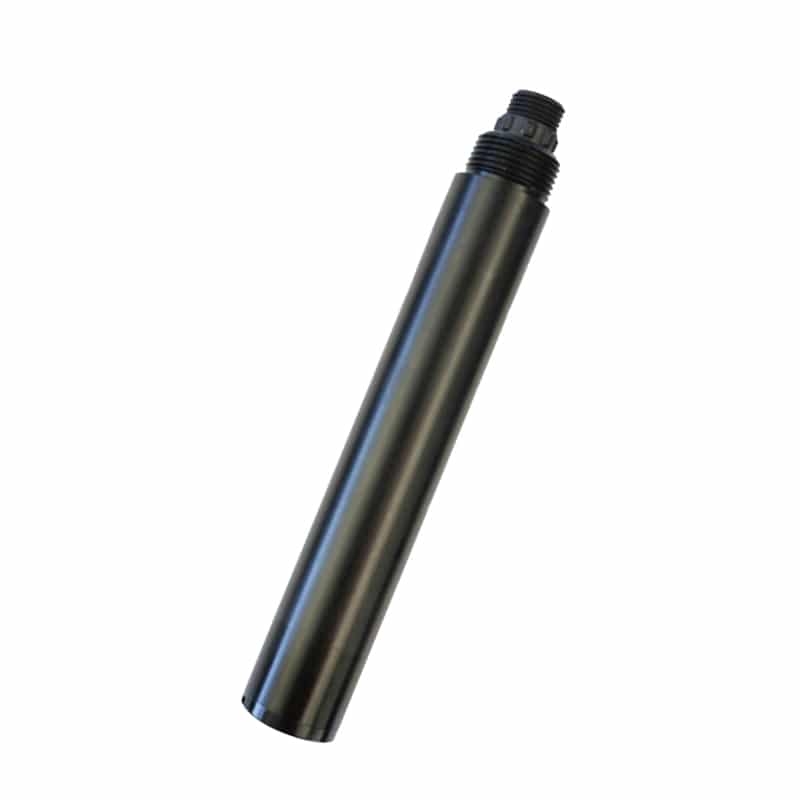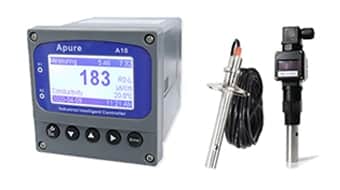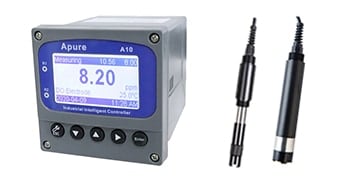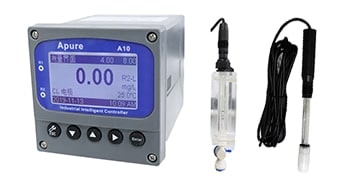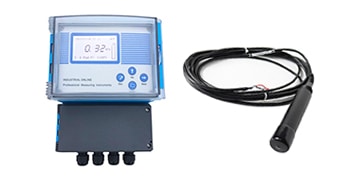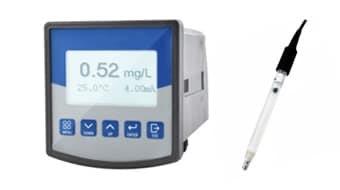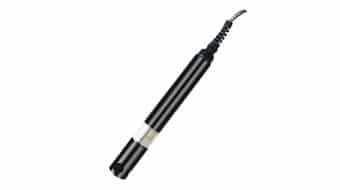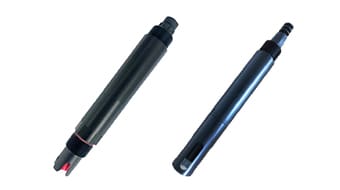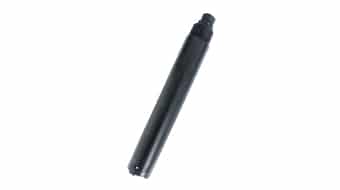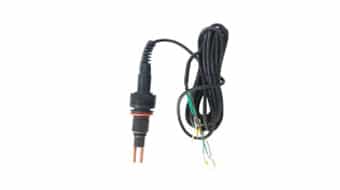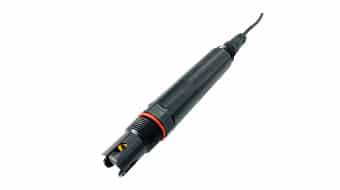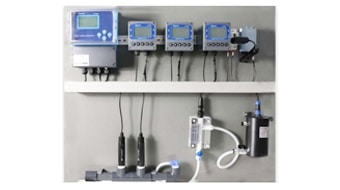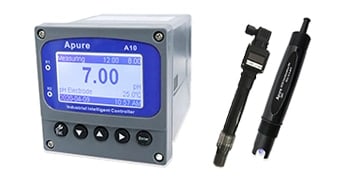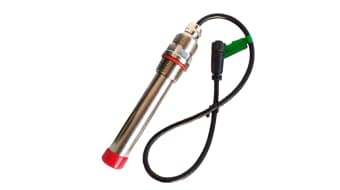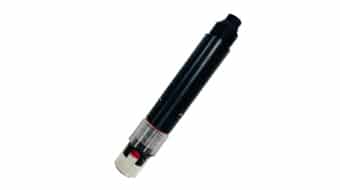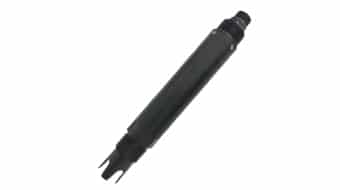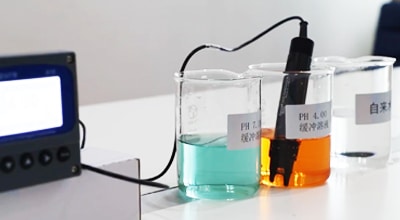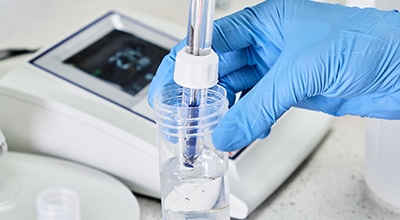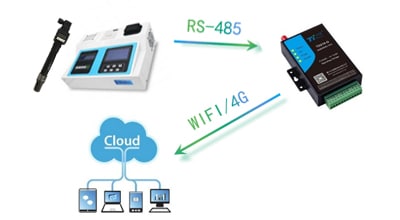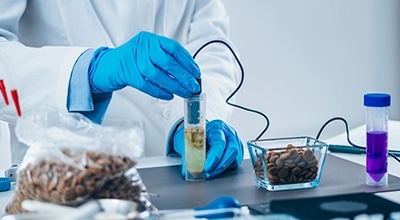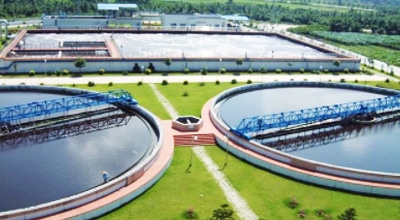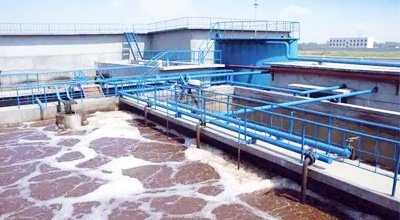Chlorophyll Sensor
Various forms of chlorophyll are bound in the living cells of photosynthetic organisms, such as phytoplankton and cyanobacteria (blue-green algae). The amount of chlorophyll found in a water sample is used as a measure of phytoplankton concentration. These measurements help to understand the general biological “health” of the system, such as its trophic state or primary production. Chlorophyll measurements can also identify algal bloom events and their impact on water quality, and predict toxic blooms.
Chlorophyll fluoresces when illuminated with light at a specific wavelength (435-470 nm). For in situ measurements, in situ fluorometers induce chlorophyll fluorescence by shining a beam of light at the appropriate wavelength into the water and then measuring the higher wavelengths of light emitted. These real-time chlorophyll measurements complement the extracted laboratory analysis.
Apure’s chlorophyll sensor is made of POM plastic and aluminum. It features a rugged gemstone lens for maximum optical performance and scratch resistance. It is a fixed response fluorometer, which means it excites chlorophyll in water at a fixed wavelength (470 nm) and then measures the subsequent fluorescence emitted (>630 nm).
How to measure chlorophyll a in water?
Chlorophyll is a green pigment found in plants and algae that is essential for photosynthesis, the process by which plants convert light energy into chemical energy. There are several types of chlorophyll, the most common being chlorophyll a and chlorophyll b. Chlorophyll a is the main pigment in photosynthesis, absorbing blue and red light. Therefore, chlorophyll fluorescence sensors target chlorophyll a for regulation.
The Apure Chlorophyll Probe is an instrument based on the principle of chlorophyll fluorescence for measuring the amount of chlorophyll in plant leaves. Chlorophyll fluorescence is a phenomenon in which chlorophyll releases fluorescence after absorbing light energy. The intensity of chlorophyll fluorescence is closely related to the content of chlorophyll, so the content of chlorophyll can be estimated by measuring the intensity of chlorophyll fluorescence.
The basic principle of chlorophyll fluorescence sensor is as follows:
- Excitation: A specific wavelength of light (usually blue or green) is used to irradiate the plant leaf.
- Absorption: Chlorophyll absorbs light energy and jumps from the ground state to the excited state.
- Emission: Chlorophyll returns from the excited state to the ground state while emitting a longer wavelength of light (usually red).
- Detection: Measurement of the intensity of chlorophyll fluorescence.

